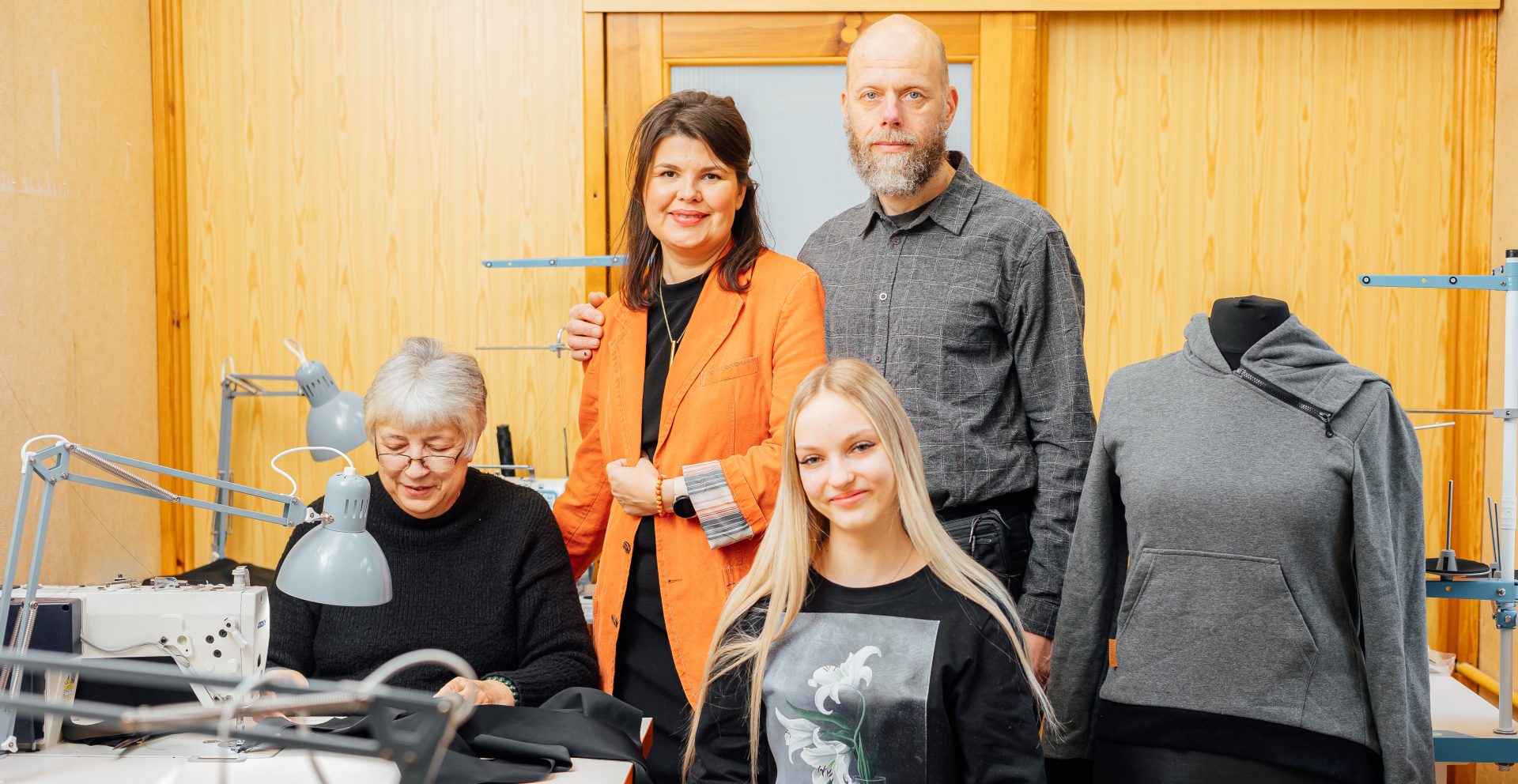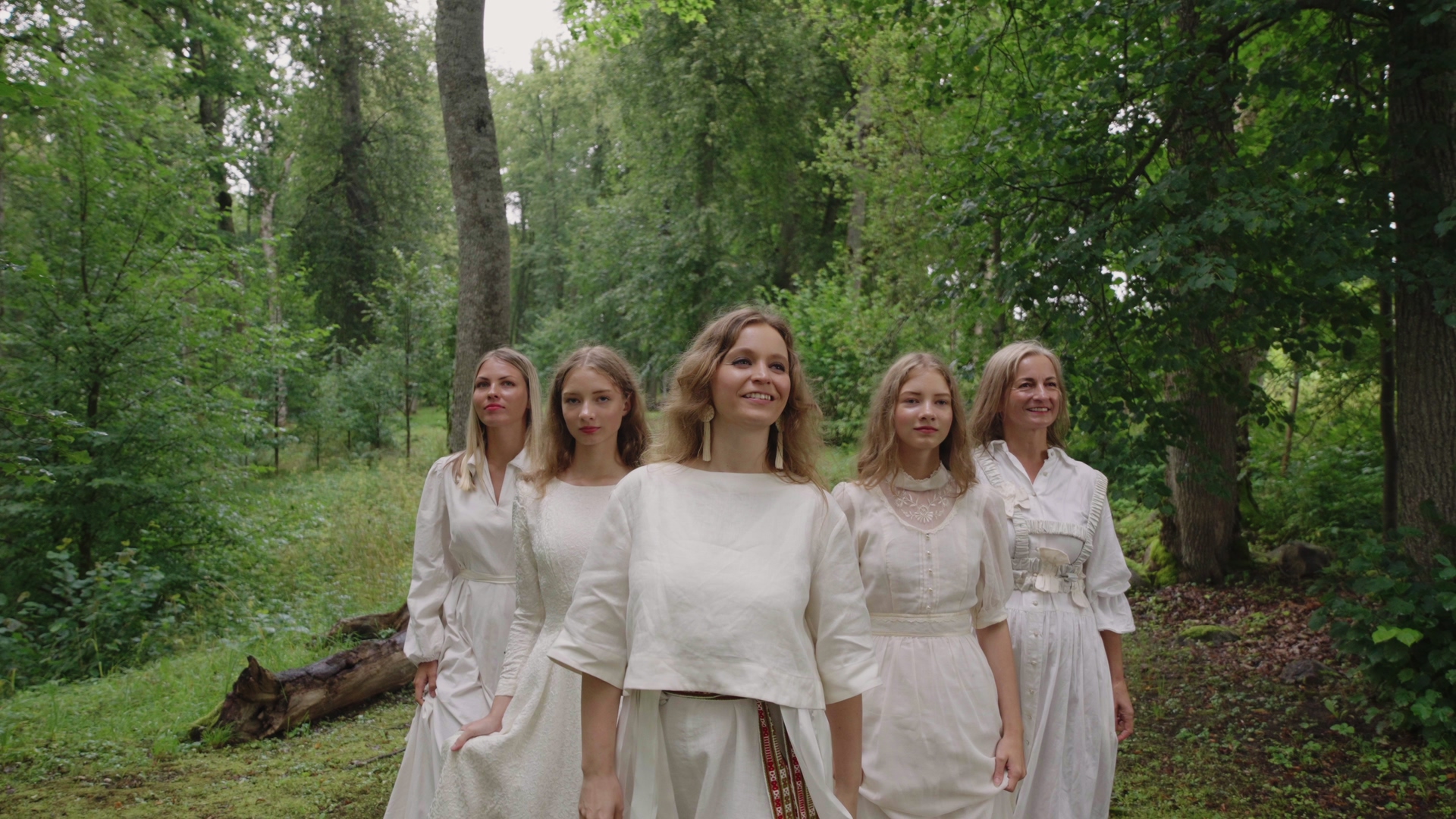Vilber’s, the Latvian fashion brand for people with physical disabilities, is on a mission to make their customers comfortable, stylish, and empowered. Judging from reviews and expert recognition, they’re already succeeding – this year alone, the company qualified for the global finals of the “Creative Business Cup” and won “The Million Euro Idea” TV contest.
Their secret? A commitment to quality, sustainability, and ethical fashion mixed with good old Latvian dedication and hard work. In less than two years, Vilber’s has released over 50 products ranging from everyday items like wheelchair-adapted cargo pants and T-shirts to specialized items like grip enhancers and wheelchair belts in various designs.
As Vilber’s founder and CEO Zane Bērziņa shares, the biggest encouragement comes from client reviews and personal letters: “Winning competitions makes us happy, but what pleases us most is when people say ‘yes, this is what I was looking for’ – when you’ve managed to solve problems and needs that weren’t given enough attention before. That’s the real satisfaction.”

